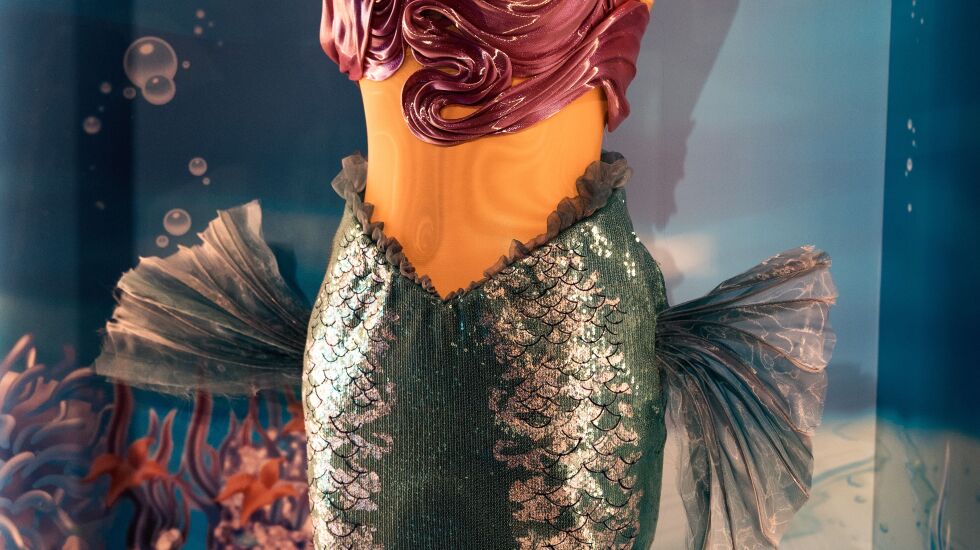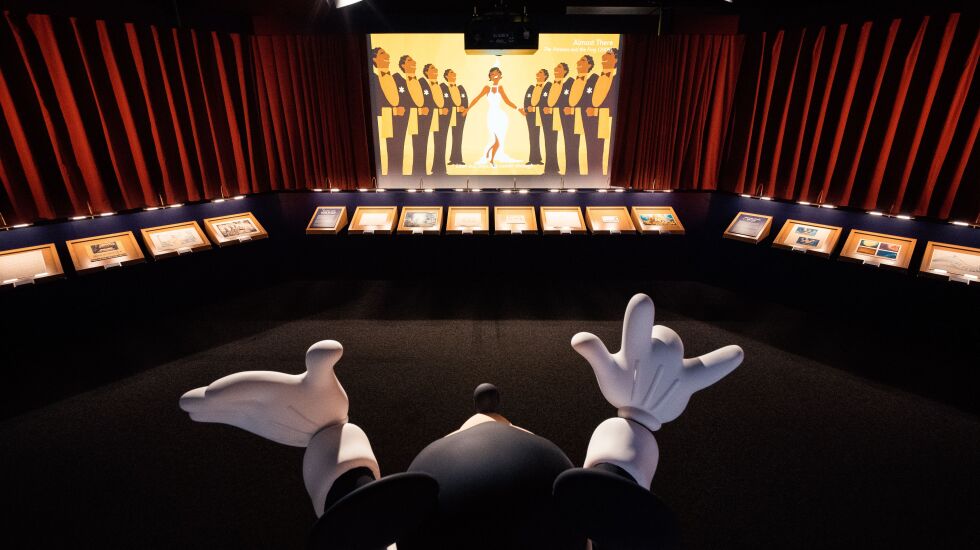
No need to wish upon a star. Some of the “crown jewels” from the Walt Disney Co.’s 100 years of making movie, television and theme-park magic will be on display in Chicago starting Nov. 18 at the Exhibition Hub Art Center Chicago (previously the Windy City Fieldhouse) at 2367 W. Logan Blvd.
Featuring more than 250 artifacts from the Walt Disney Archives, the November opening day coincides intentionally with when Mickey and Minnie Mouse made their screen debut in 1928’s “Steamboat Willie,” says Becky Cline, the director of the Walt Disney Archives.

“Disney was the first to use storyboarding with ‘Steamboat Willie,’ ” she says.
The film was also innovative at the time for being the first cartoon to feature synchronized sound. The exhibit isn’t just about cartoons, though. It features objects and artifacts from Disney’s storied history up through modern acquisitions such as Marvel and “Star Wars” and also includes 14 interactive stations.
The decision to bring the show to Chicago was also not random.
“Not many people realize that Walt and his brother Roy were both born in Chicago,” says Dina Benadon, co-project director and co-founder of the Walt Disney Birthplace, titles she shares with her husband Brent Young.
“Walt’s father Elias moved the family from Florida to Illinois so he could do construction work for the World’s Fair in 1891,” Benadon says.
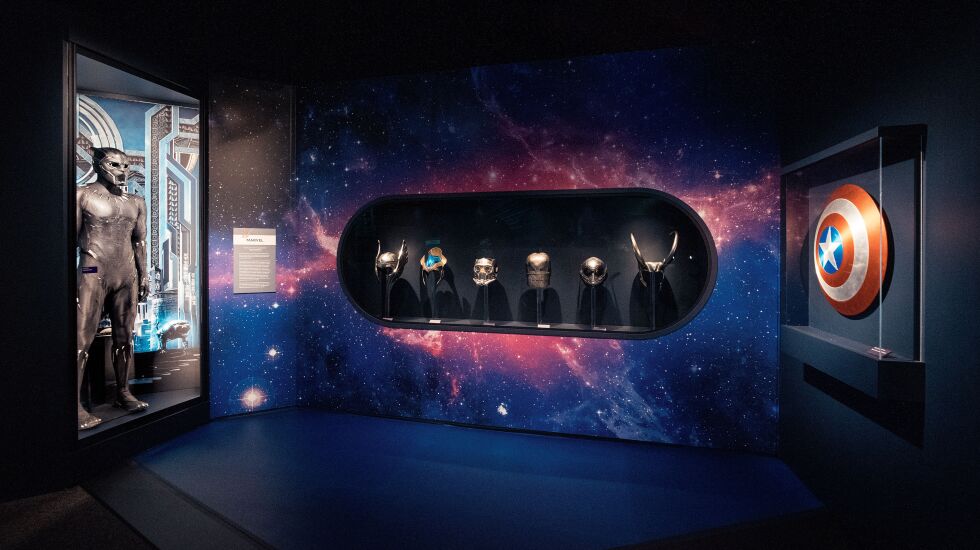
Walt’s mom, Flora, was known to have a bit of an artistic flair and drew up the architectural plans for the family home in Hermosa on the corner of Tripp and Palmer. Elias Disney purchased the plot of land in 1891 and built the two-story wood cottage by himself at a cost of about $800. The family settled into its new home in early 1893.
Walt Elias Disney was born on Dec. 5, 1901, in a bedroom on the second floor of the home. The family moved to Marceline, Missouri, in 1906 and then back again to Chicago in 1917.
Inspired by the many Chicago newspaper cartoonists at the time, Walt Disney drew cartoons for the newspaper at McKinley High School (now known as Chicago Bulls College Prep).
In 1991, the City of Chicago attempted to grant historic landmark status to the building, but the owner of the home at the time fought the designation and won.

There was nothing protecting the home from being torn down until Benadon and her husband purchased it and pursued landmark status as the new owners. The landmark building has undergone extensive 10-year restoration under strict guidance of preservation architect Charles Pipal, a professor in the Historic Preservation Program at the School of the Art Institute of Chicago.
Cline also consulted on the home restoration.
“Becky and I had what I can only describe as a ‘geek out’ session when I began to discuss the project with her,” Benadon says. (This year is the 10th anniversary of both the restoration project and Mayor Rahm Emanuel declaring Dec. 5 “Walt Disney Day” in Chicago. The Walt Disney Birthplace this year plans to have treats, music and other holiday-themed activities outside the home on that day.)
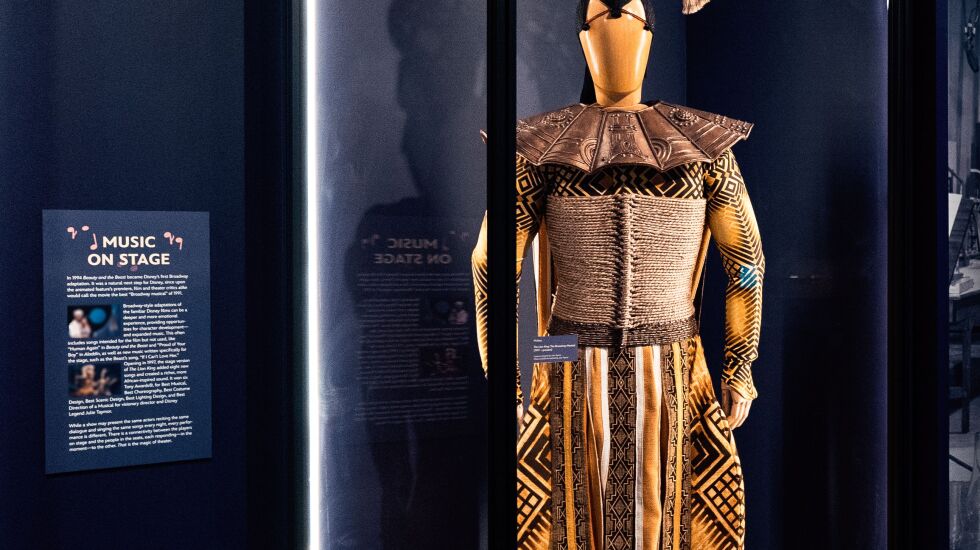
Benadon welcomes the attention that the exhibit will bring to Walt’s birthplace, too, and will be mentioning the exhibit in her team’s annual birthday celebration for Walt on Dec. 5.
Cline says the exhibit does touch upon the Walt’s early years, but that is the only gallery following a chronological timeline.
“The first question I had to answer was whether we tell a chronological story,” she says. “I immediately came to the idea that we didn’t want to. It’s not great for kids to sit through all that history.
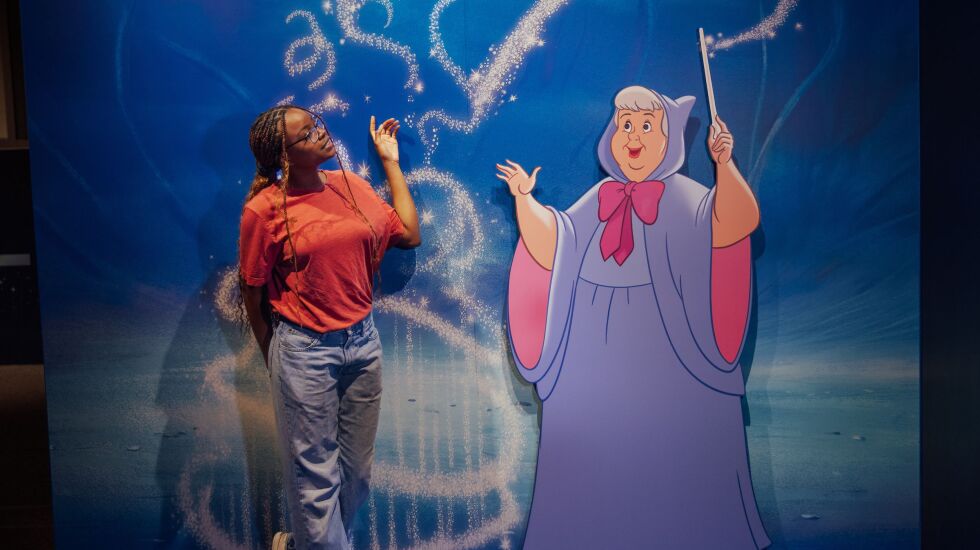
“Walt was a real person,” she adds, “and he has now been away from us longer than he was with us.”
Instead, the bulk of the exhibit galleries looks at the foundations that were laid when Walt and his brother Roy first incorporated in 1923.
“We use some of our greatest assets to show the importance of storytelling,” Cline says. “A visual gallery focus on personality in animation. Disney knew it was very important that people believe these characters; that’s something he learned from [1933 cartoon] ‘The Three Little Pigs.’ Each of them is distinct and you know the difference.”
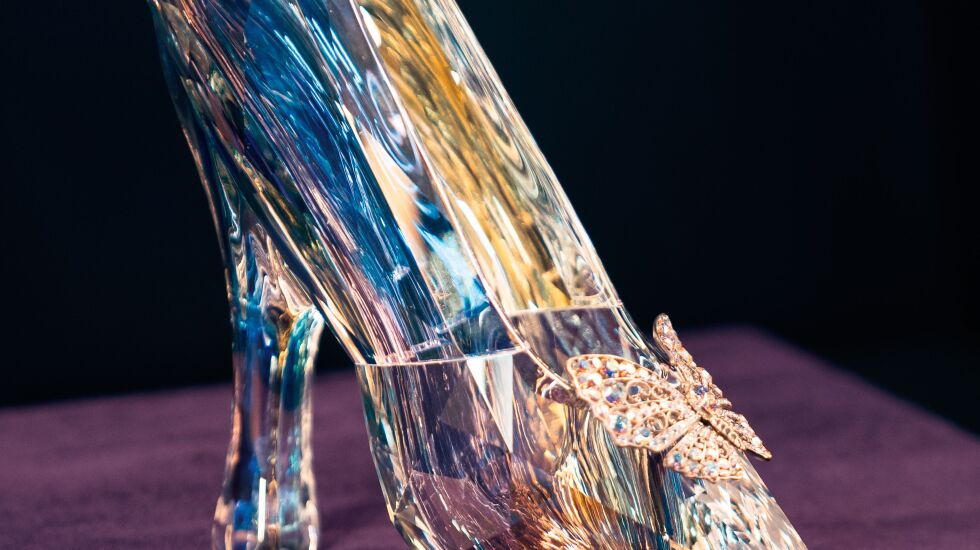
Christoph Scholz, director of Semmel Exhibitions, which is producing the exhibit with the Disney Archives, says that Cline and her team have carefully curated an exhibit that should appeal to every Disney fan, but he himself is partial to one particular character.
“Growing up in communist East Germany, relatives in West Germany would smuggle in paperback books of Donald Duck’s adventures,” he says. “You couldn’t buy these books in East Germany and so I couldn’t read them in public, so this in and of itself was its own adventure.
“To have a part in this exhibit, the privilege is mine,” he adds.
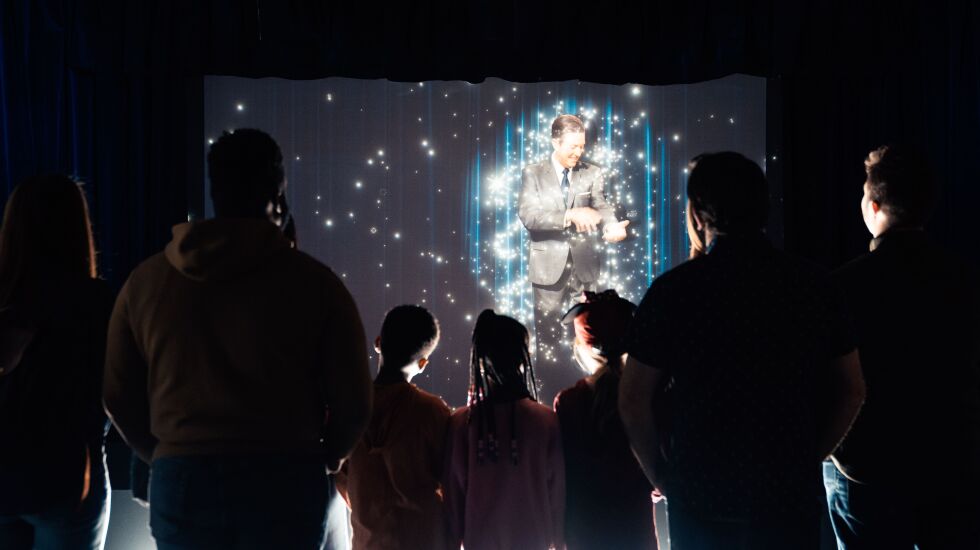
Scholz notes one element of the exhibit that shouldn’t be missed: “There is a hologram in the exhibit of Walt Disney,” Scholz explains. “People will actually see the man himself.”
Cline says personal stories such as Scholz’s were definitely on her mind during the assembly of the exhibit — or make that two exhibits. One is in Chicago and the other is currently in London.
The Chicago exhibit will feature a snow globe seen in the song “Feed the Birds” in the original “Mary Poppins,” as well as a megaphone used by Disney filming Laugh-O-Gram films in 1922, one of the original bobsleds from the Matterhorn ride in Disneyland, and a costume used in the live television production of “The Little Mermaid.” There will also be photo opportunities with statues of Mickey and Goofy.
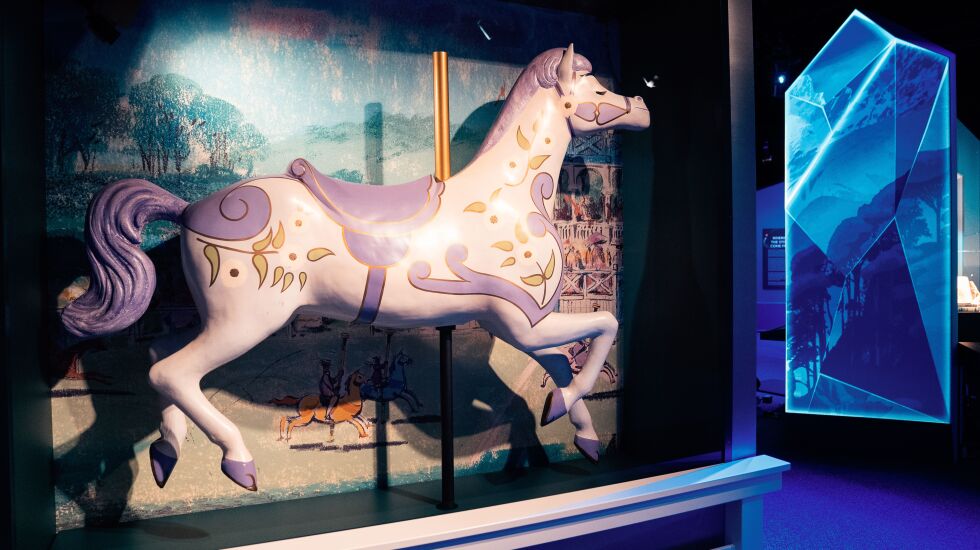
The archives are located in Burbank, California, and were founded by the late David Smith. He joined the company on June 22, 1970, and his first task was to document all the items in Walt Disney’s personal office that had been virtually untouched since Disney’s death in 1966.

Cline says the archives consisted of mostly paper items until 2006, but that began to change under her tutelage in her prior position as manager of Archive Collections. She says while the archives doesn’t purchase a lot of things from private collections, there are always exceptions.
“We are still looking for Mary Poppins’ umbrella,” she says. “If any of your readers know its whereabouts, we’re still looking for it.”
